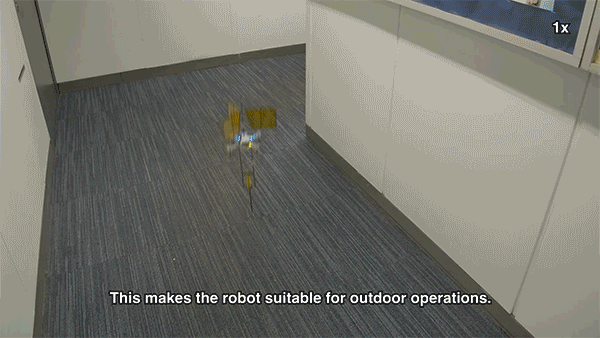Hello Nature readers, would you like to get this Briefing in your inbox free every week? Sign up here.
Nvidia chief executive Jensen Huang shows off the new Blackwell GPU chip (left) at an 18 March event in San Jose, California.Credit: David Paul Morris/Bloomberg via Getty
China’s AI sector could be five to ten years behind the United States, partly because it can’t access the most advanced computer chips. In 2022, the United States imposed export controls on the fastest chips and on equipment that could be used to produce such chips. Even foreign suppliers that produce chips for the US market won’t sell to Chinese developers to avoid falling foul of US sanctions. This has “dramatically limited” China’s progress with training AI models, says computer engineer Yiran Chen.
In a randomized trial in two Taiwan hospitals, an AI system trained on electrocardiograms reduced deaths among high-risk patients by 31% and deaths by heart problems by more than 90%. “It’s very rare for any medication to [produce] a 31% reduction in mortality, and then even more rare for a non-drug — this is just monitoring people with AI,” says cardiologist Eric Topol. The researchers speculate that the AI predictions increased physicians’ focus on the highest-risk individuals.
Reference: Nature Medicine paper
Almost 40% of made-up text generated by the audio-to-text AI Whisper is harmful or concerning, according to a preprint study that is not yet peer reviewed. While the OpenAI tool only fabricated sections in about 1% of transcripts, these hallucinations often alluded to violence or false personal information. “Doctors are using speech-to-text tools to transcribe patient notes,” says computer scientist and study co-author Allison Koenecke. “If Whisper is making up some transcription that isn’t being said, about how this patient killed someone and they are also taking this medication that is totally made up, imagine how severe those consequences are.”
Reference: arXiv preprint (not peer reviewed)
Image of the week

Songnan Bai, Runze Ding, Song Li, and Bingxuan Pu
This tiny drone on a pogo stick is a Hopcopter. It can bounce up to 1.6 metres high and even do mid-air somersaults. And the hop–flying is remarkably efficient: with a fully charged battery, Hopcopter can move continuously for more than 20 minutes — whereas the same drone without the leg can hover for only a little more than 6 minutes at a time. (IEEE Spectrum | 9 min read)
Reference: Science Robotics paper
Features & opinion
AI and robotics are changing how wildfires are detected and controlled. Drones can provide firefighters with real-time data on how a fire spreads and where the hotspots are — something that currently requires satellite images, which are often many hours old. “Speed is one of the key points. We want to be accurate, but also we want to be very fast in the predictions,” says machine-learning researcher Rossella Arcucci. Her team’s AI systems scour social media for posts about wildfires, which helps to identify an inferno’s starting point. Eventually, AI-controlled water bombers could put out fires autonomously, without putting human firefighters at risk.
“We shouldn’t fear AI as a technology,” writes media researcher Joseph Jones. “We should instead worry about who owns AI and how its owners wield AI to invade privacy and erode democracy.” Our browsers, apps and smart devices collect huge amounts of information on us. Instead of using this data for everyone’s benefit, it is used to feed machine learning models that suggest ways to ‘nudge’ us towards interacting more with technology and generate even more data, Jones explains. “Under the current business model, the advances of AI and robot technology will enrichen the few while making life more difficult for the many.”

